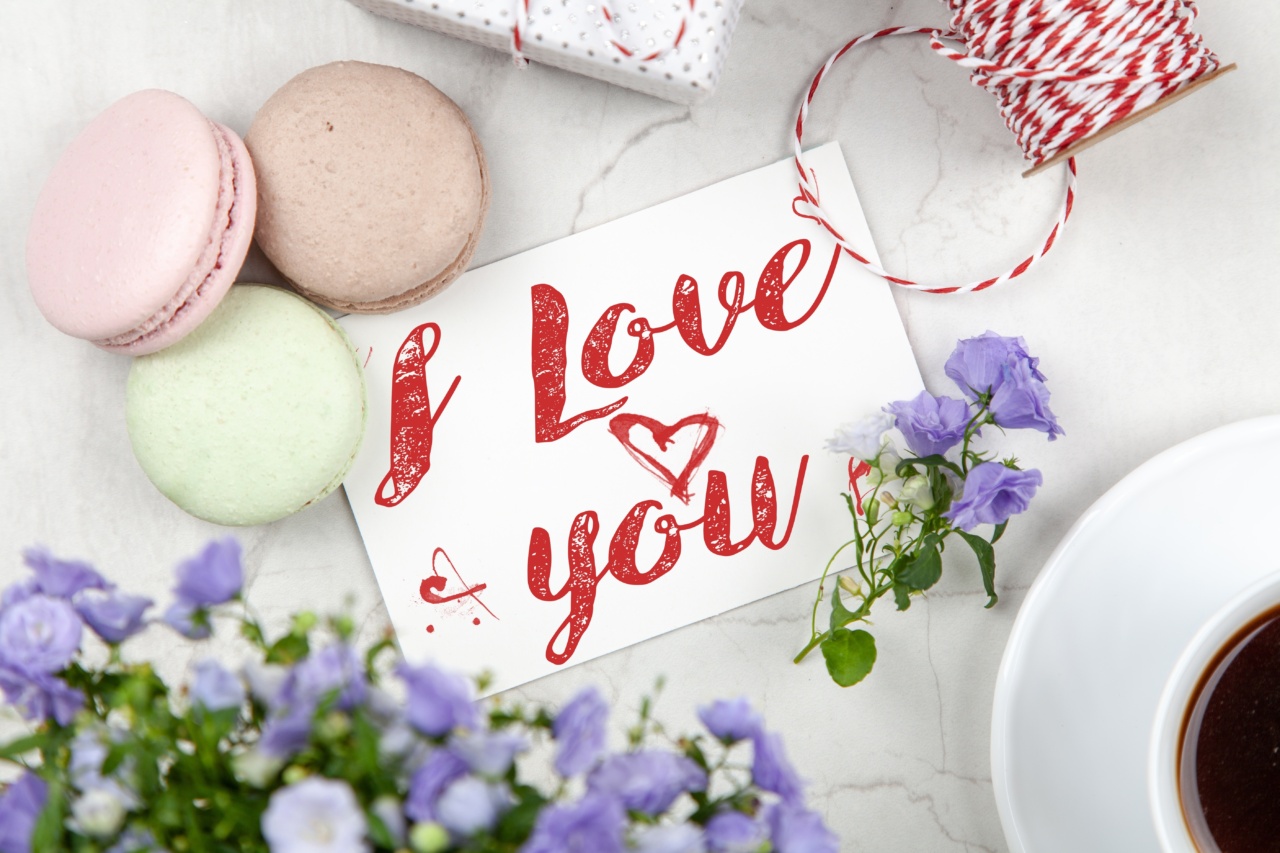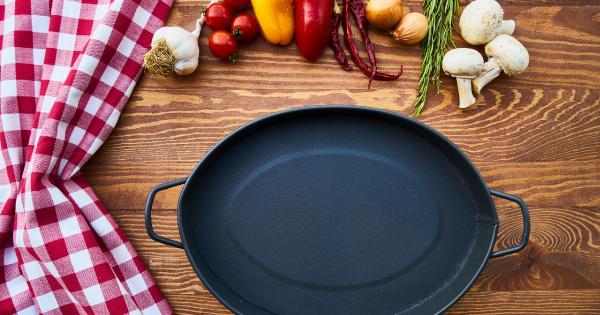Iron is an essential mineral that plays a crucial role in many bodily functions. It is necessary for the production of hemoglobin, a protein in red blood cells that carries oxygen throughout the body.
Iron also helps support the immune system, promotes cognitive function, and aids in maintaining healthy skin, hair, and nails.
Iron deficiency can lead to a condition called anemia, characterized by symptoms such as fatigue, weakness, shortness of breath, and impaired cognitive function.
To prevent iron deficiency and ensure optimal iron levels, it is important to consume iron-rich foods regularly.
Heme Iron vs. Non-Heme Iron
Iron can be found in two forms: heme iron and non-heme iron. Heme iron is derived from animal sources and is more easily absorbed by the body. Non-heme iron, on the other hand, is found in plant-based foods and is less readily absorbed.
However, by consuming iron-rich foods along with vitamin C-rich foods, you can enhance the absorption of non-heme iron.
1. Red Meat
Red meat, such as beef, lamb, and liver, is one of the best sources of heme iron. It not only provides readily absorbable iron but also contains other essential nutrients like protein, vitamin B12, and zinc.
Incorporating lean cuts of red meat into your diet can help meet your iron requirements.
2. Seafood
Seafood, particularly shellfish like oysters, clams, and mussels, is another excellent source of heme iron. It also contains omega-3 fatty acids, which are beneficial for heart health.
Including seafood in your diet can help boost your iron levels while providing other important nutrients.
3. Legumes
Legumes, such as lentils, chickpeas, and beans, are rich in non-heme iron. They are also packed with fiber, protein, and various vitamins and minerals.
Combining legumes with vitamin C-rich foods, like tomatoes or citrus fruits, can enhance iron absorption. Including legumes in your meals can be a nutritious way to meet your iron requirements.
4. Leafy Greens
Leafy green vegetables like spinach, kale, and broccoli are not only a great source of iron but also provide a host of other beneficial nutrients.
Although the iron in leafy greens is non-heme iron, their high vitamin C content can increase its absorption. Add these nutritious greens to salads, soups, or stir-fries to boost your iron intake.
5. Fortified Cereals
Many breakfast cereals are fortified with iron and other essential vitamins and minerals. Check the nutrition labels to ensure they contain a significant amount of iron.
Pairing fortified cereals with vitamin C-rich fruits or juices can further enhance iron absorption. Starting your day with a nutritious bowl of fortified cereal can be an easy way to meet your iron requirements.
6. Dried Fruits
Dried fruits like raisins, prunes, and apricots are not only delicious but also a concentrated source of iron. They make for a convenient and portable snack option that can help boost your iron levels.
Including a handful of dried fruits in your diet can contribute to meeting your iron requirements.
7. Organ Meats
Organ meats, such as liver and kidneys, are incredibly rich in iron. They are also packed with other essential nutrients like vitamin A, vitamin B12, and zinc.
Though not everyone enjoys the taste of organ meats, incorporating them into your diet can significantly boost your iron levels.
8. Nuts and Seeds
Nuts and seeds, such as almonds, cashews, pumpkin seeds, and sesame seeds, are not only a good source of iron but also provide healthy fats and other beneficial nutrients.
They make for a nutritious snack or can be sprinkled over salads, yogurt, or oatmeal to boost your iron intake.
9. Beans
Beans, including black beans, kidney beans, and chickpeas, are a versatile and affordable source of non-heme iron. They are also high in fiber and protein, making them an excellent addition to a balanced diet.
Incorporating beans into your meals can help you meet your iron requirements while promoting overall health.
10. Iron Absorption Tips
In addition to consuming iron-rich foods, you can optimize iron absorption by considering the following tips:.
– Pair iron-rich foods with vitamin C-rich foods to enhance absorption.
– Avoid consuming calcium-rich foods like dairy products or calcium supplements with iron-rich meals as calcium can inhibit iron absorption.
– Cooking in cast iron cookware can increase the iron content of your food.
– Avoid drinking tea or coffee with meals as their tannins can hinder iron absorption. Drink them between meals instead.
By incorporating a variety of iron-rich foods into your diet and implementing these iron absorption tips, you can maintain optimal iron levels and prevent iron deficiency.
However, if you suspect you have low iron levels, it is important to consult with a healthcare professional for proper diagnosis and treatment.





























